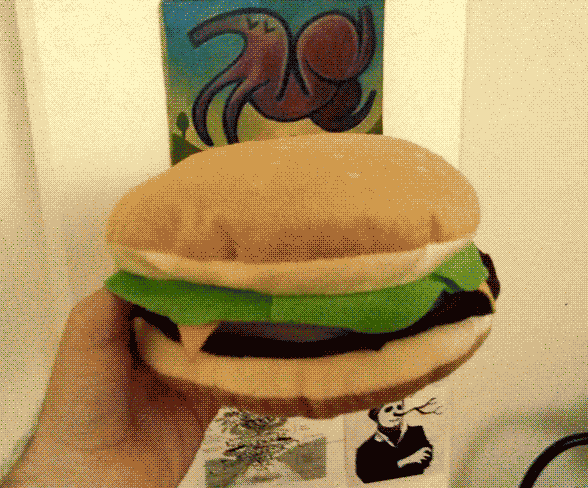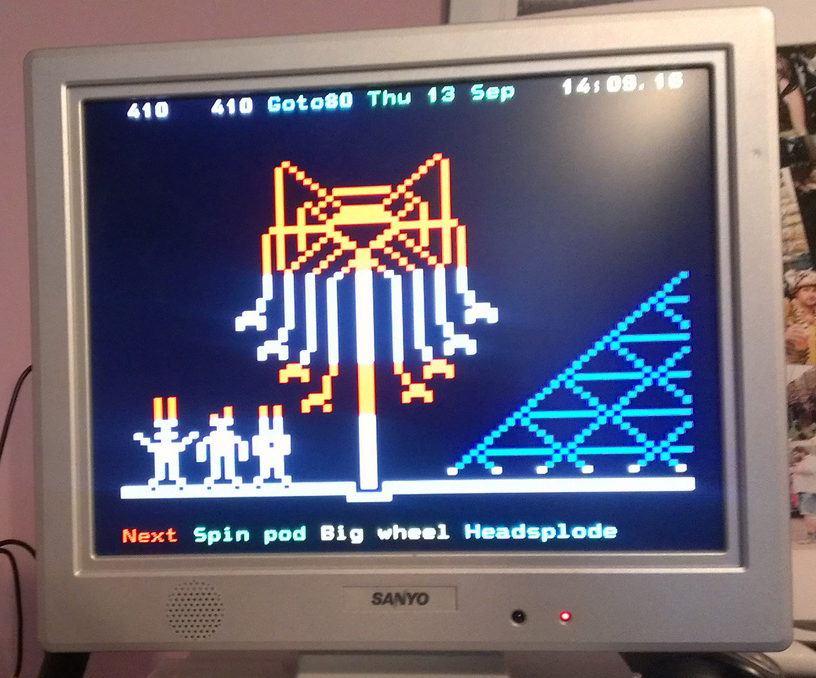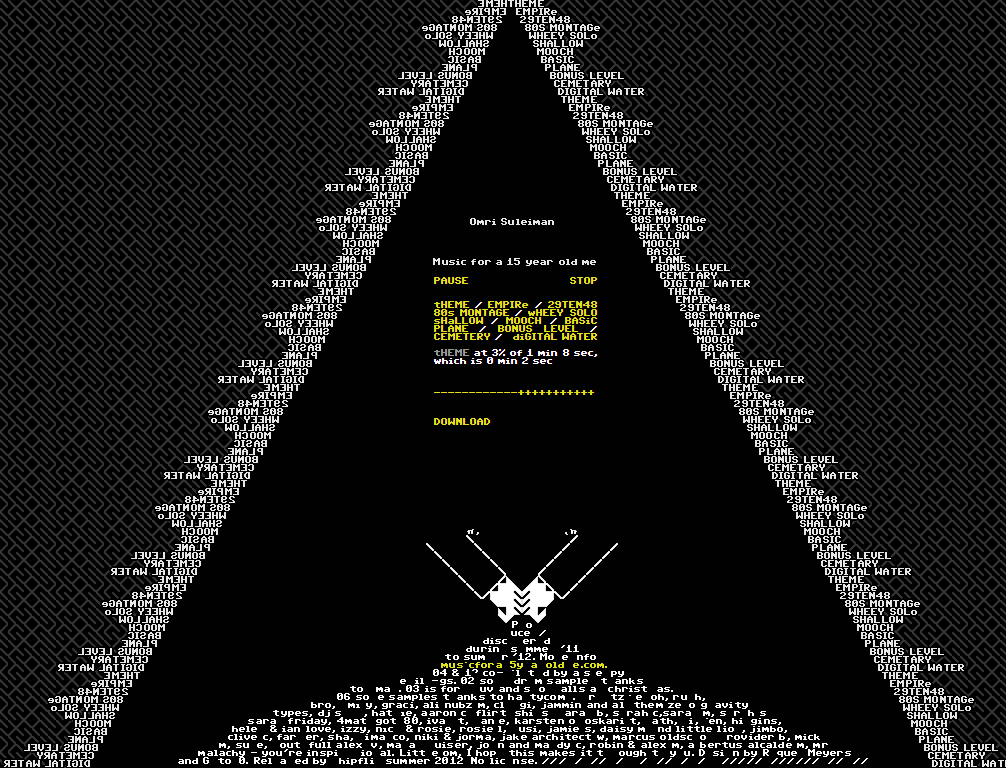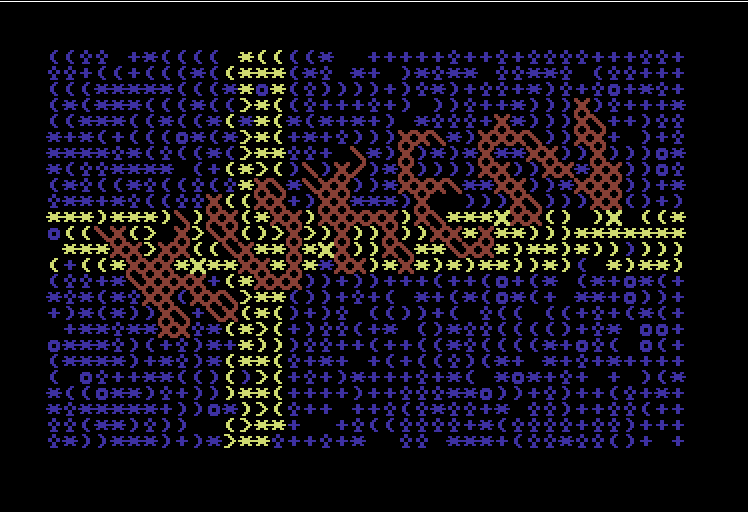This is my talk about 8-bit users at Merz Akademie in Stuttgart. I try to explain why it’s so often framed in nostalgia or appropriation, and why we should talk about it in a different way to stay up-to-date with state of the art philosophy!
I wrote more about the talk at Chipflip, and if you want more background you can read my MA thesis on chipmusic. If you dare!
The talk was part of a series called Do You Believe In Users, organized by Olia Lialina. Check more videos of e.g Jason Scott at Merz Akademie’s Vimeo.






